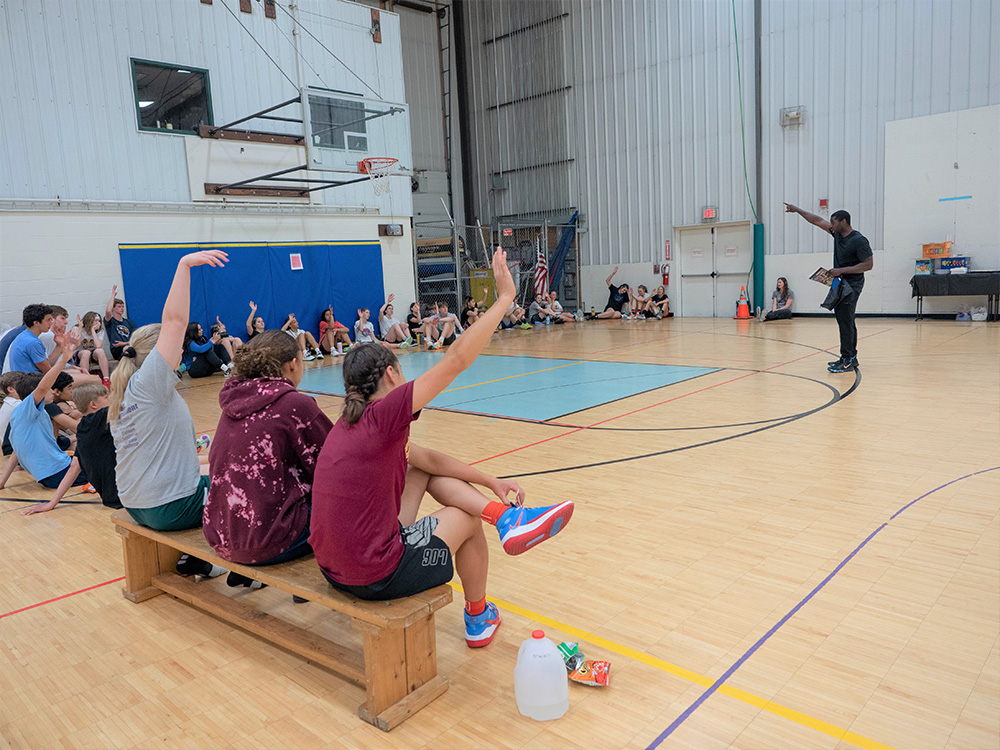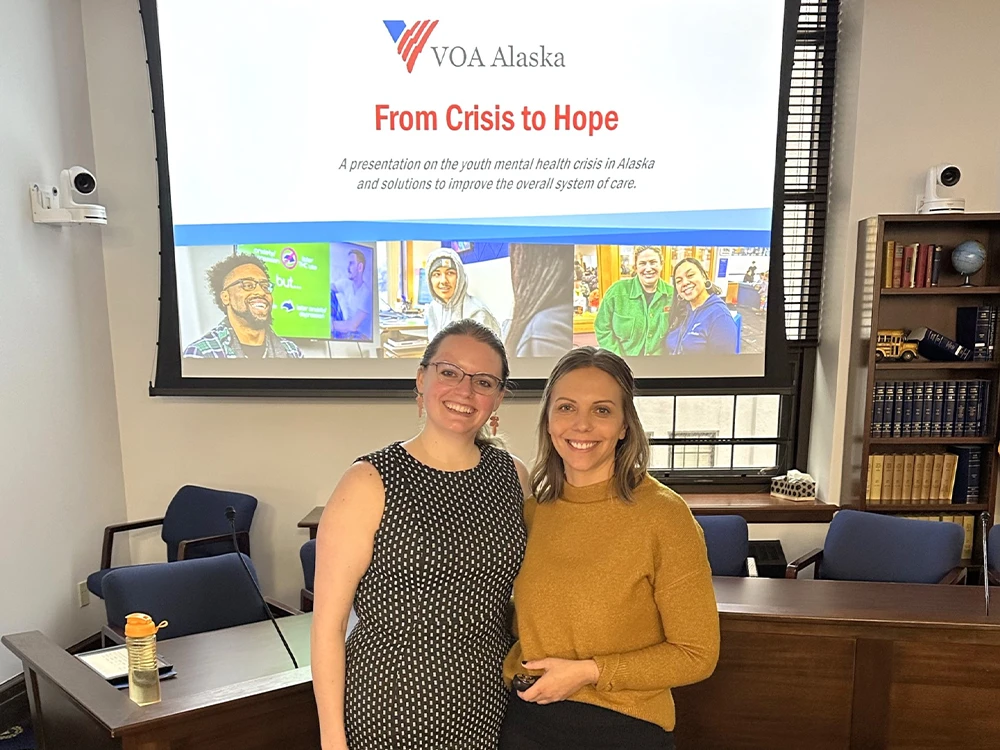VOA Alaska’s July 2021 Newsletter. To receive this newsletter and other updates directly to your inbox, sign up here.
When the tide comes into the Seward Harbor, what happens to the boats? They all rise. The yachts, the fishing boats, the tour boats, the kayaks—all of them, big and small. When a community provides equal and equitable access to health resources, what happens to its residents? They all rise.
“I don’t know how we can really thrive as a community without being healthy first,” says Sara Clark, VP of Public Health and Prevention at VOA Alaska. “It should always be a priority for resources and decision-making, because without healthy community members, it’ll be a challenge for us to meet any other priority.”
Community-led advocacy is essential to putting into place policies and system changes to build healthy communities. The VOA Alaska led Anchorage Adolescent Substance Misuse Prevention Coalition engages organizations, business, and community members to distribute resources, increase awareness, and advocate for policies to enhance prevention education and awareness for young Alaskans.
The UAA Smoke and Tobacco-Free Campus initiative—which was implemented before the Coalition was created—is a great example of individuals advocating for their community. A grassroots movement began in 2012 when the Asian Pacific Islander Community Wellness Club, Master of Public Health students, and students from the School of Nursing joined efforts for a smoke-free UAA. In 2014, the Board of Regents passed a smoke and tobacco-free policy for all University of Alaska campuses and properties, and it went into effect the following year.
A group of college students saw a public health need, and their efforts paid off in huge ways, granting UA students statewide access to clean, smoke-free air on campus. The tide lifts all boats.

So how can you be a part of building a healthier community? “Get educated and know where the resources are,” says Lonnie Ridgeway, Director of the Prevention Coalition. This will help you boost you and your family’s health and wellness, as well those of your friends and neighbors. He also adds that having “healthy conversations and interactions is vital to prevention,” something many of us have learned the value of during the pandemic.
Sara explains that after you have taken care of your own health and wellness, take advantage of community programs that allow you to become a resource for others. “You can be a mentor or a positive adult role-model in the life of a young person. Or you can volunteer in Lonnie’s coalition and help build overdose prevention kits!”
Anchorage already has a lot going for it—we are a diverse community with plentiful recreational opportunities and tight-knit community organizations and councils. But the work in building a healthier community never ends. A healthy community is a strong and resilient community, and it takes the efforts of every member of that community to make it happen. The tide lifts all boats, but it will take each of us, working together, caring for ourselves and our neighbors, to create that tide.
Photo of the Month: Open Spaces Inspire Open Conversations!


Being out in nature is a great mood booster. Walking and moving the body has a positive effect on our ability to process emotion, gets the blood pumping, and creates an environment where we can be open to conversation. Our Youth Supportive Housing team started “VOA Goes Outside” this summer, and every Thursday, they’ll be spending time enjoying Alaska’s great outdoors.
In the News: For a Stronger Community, We Need to do Better by Our Youth
Why aren’t more of Alaska’s youth receiving the care they need? Learn how we can do better for young Alaskans today for a stronger community tomorrow in an Anchorage Daily News op-ed from VOA Alaska board member Dr. Lisa Lindquist and President & CEO Sherrie Hinshaw.
Announcing Monthly Client Orientations: Reducing Barriers to Accessing Care
When it comes to seeking support for the mental wellbeing of the youth in your life, it can be hard to know where to start. We recognize this and want to help make seeking help as simple as possible. Starting July 28th at 5:30 p.m., we are offering monthly sessions for youth and their families who are considering VOA Alaska to support their wellness journeys. These sessions will act as mini orientations, providing an engaging and informative overview of how our team can support you along your journey and what to expect as you are getting started.
Interested in joining us for the July 28th session? Contact our Client Care team for more information and to RSVP.











